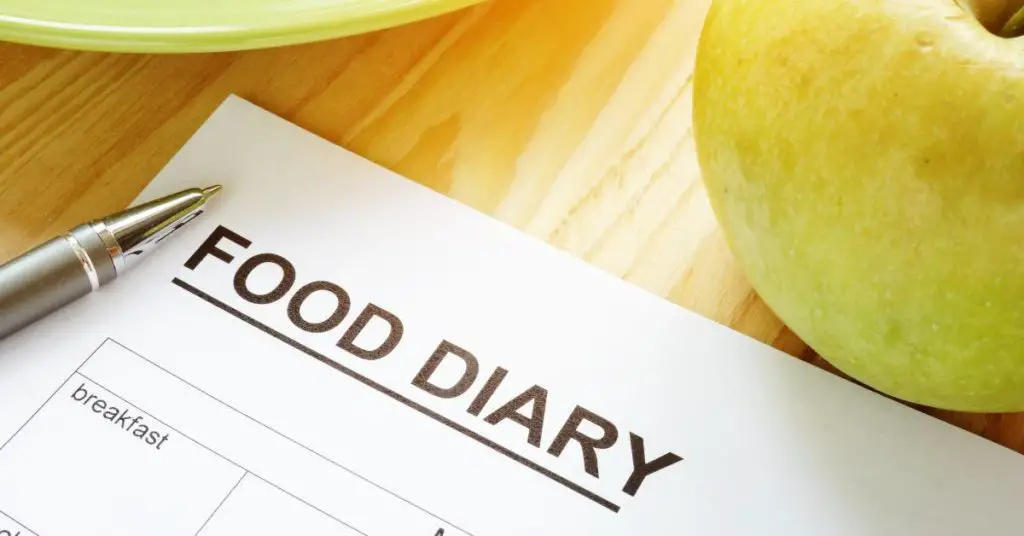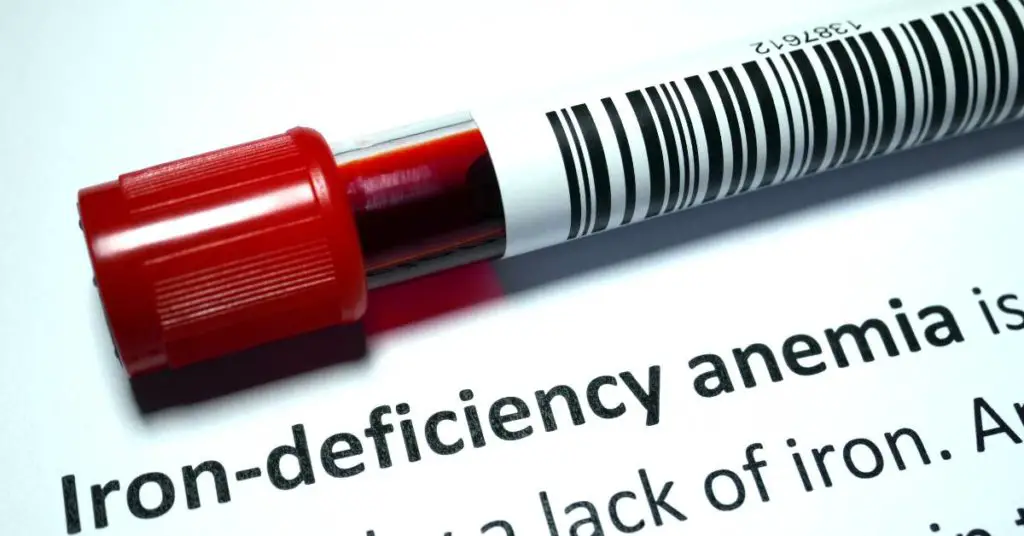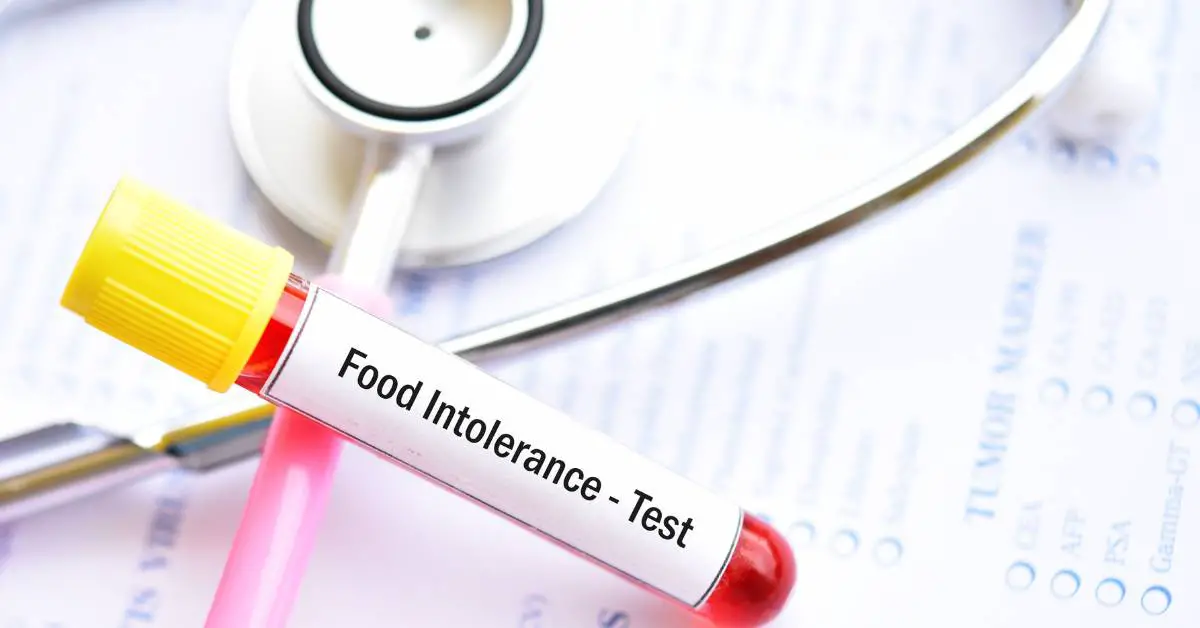If you have histamine intolerance, you know that the best way to control histamine intolerance flares is to adopt a low-histamine diet. This involves eliminating foods that raise your body’s histamine burden. But there’s a topic that people don’t talk about enough – low-histamine diet side effects.
Histamine is a biogenic amine naturally produced by the body and found in certain foods. It is a vital component of the immune system, which plays a crucial role in triggering an inflammatory response in response to pathogens and allergens.(2)
Certain cells in your body also produce histamine, including mast cells and basophils, types of immune cells.(4) In the proper setting, histamine production is beneficial, as it helps dilate blood vessels and helps immune cells reach their destination in response to injury or an allergic reaction. (7)
But if you have histamine intolerance, you know that excessive levels of histamine can lead to various side effects, including headaches, hives, and digestive issues. (5) The symptoms of histamine intolerance are highly variable and can affect many systems from your digestive tract to your brain.
In many cases, the symptoms resemble an allergic reaction. In severe cases, high histamine levels can even cause anaphylaxis, a severe and potentially life-threatening allergic reaction. (3)
In recent years, there has been growing interest in the low-histamine diet, which involves limiting or avoiding high-histamine foods to reduce the risk of side effects. However, you might wonder what low histamine diet side effects could occur when you switch to a low-histamine diet.

Low Histamine Diet Side Effects
While the histamine diet can reduce histamine levels in the body and manage symptoms of histamine intolerance, you could also experience side effects when you make the transition.
One potential side effect of consuming only low-histamine foods is a lack of important nutrients, as many high-histamine foods are rich in nutrients such as protein, vitamins, and minerals.
When you eliminate these foods from your diet, you’re at higher risk of deficiencies in certain vitamins and minerals. This can be especially problematic for individuals already at risk for nutrient deficiencies, such as vegans and vegetarians.
Histamine is in many foods that are high in nutrients, such as fermented foods, aged cheeses, and even some fruits and vegetables. By avoiding these foods, you risk not getting a full array of vitamins and minerals. Find out how long it takes for histamine levels to drop on a low-histamine diet.
In this blog, we cover foods high and low in histamine, but such information is not a replacement for a well-planned and balanced diet. That’s why I recommend a counseling session with a dietitian who’s knowledgeable about histamine intolerance.
A dietitian can help you plan a balanced, low-histamine diet, provide guidance on nutrient intake, and monitor your progress to ensure you get the most out of the food you eat. They will also consider other factors, such as weight control goals and other medical conditions you might have when planning your low-histamine dietary strategy.
Vitamin Deficiencies on a Low-Histamine Diet
One nutrient of concern on a low-histamine diet is vitamin B6. It’s not uncommon for people with histamine intolerance who eat a low-histamine diet to develop vitamin B6 deficiency. Vitamin B6 is essential for maintaining a healthy nervous system, producing red blood cells, and supporting the immune system. (8)
Vitamin B6 is also necessary for the breakdown of histamine in the body. However, many foods that are high in vitamin B6 are also high in histamine, making it difficult for those on a low-histamine diet to get enough of this important nutrient.
In addition, some people with histamine intolerance have impaired absorption of vitamin B6, further increasing the risk of deficiency. That’s why you should ask your doctor about whether taking a B-complex vitamin would be beneficial for you.
Mineral Deficiencies on a Low-Histamine Diet
There are also a few minerals that may be low if you follow a low-histamine diet longer-term. These include zinc, magnesium, and iron. Zinc is an essential mineral that plays a crucial role in immune function, wound healing, and growth and development. (9) It also acts as an antioxidant, protecting the body from damage caused by free radicals.
Research shows zinc plays a key role in keeping asthma in check and a deficiency of zinc seems to worsen asthma symptoms, another condition caused by histamine release. (1)
A low-histamine diet may be low in zinc due to the avoidance of high-zinc foods, such as shellfish and nuts. It is important to include other zinc-rich foods, such as legumes, seeds, and whole grains, to maintain an adequate zinc intake.
Magnesium is important for heart, bone, nervous system, and blood vessel health, and many people don’t get enough of it. Iron is also essential for building healthy red blood cells.
However, you shouldn’t take an iron supplement unless your iron level is low. Your doctor can check an iron panel to make sure your iron level is in the normal range.

Another Side Effect of a Low-Histamine Diet
Another potential side effect of the histamine diet is that it can be difficult to follow, as a low-histamine diet requires careful planning and preparation to avoid high-histamine foods. It can be especially challenging if you have a busy schedule or limited access to fresh, low-histamine foods.
However, don’t let this discourage you! There are ways to make a low-histamine diet work for you. One tip is to plan your meals ahead of time and stock up on low-histamine ingredients. This can help you avoid the temptation of high-histamine foods when you’re short on time or feeling hungry.
You can also try cooking in bulk and freezing meals for later use, which can save time and ensure you always have something low histamine on hand. With a little effort and creativity, following a low-histamine diet can be manageable and even enjoyable!
A Positive Side Effect of a Low-Histamine Diet
Also note that the histamine diet is not a cure for histamine intolerance or any other condition. It’s a tool to help you manage the symptoms and feel better. By following a low-histamine histamine diet, you can identify foods that trigger your symptoms and avoid them.
This can help prevent flare-ups. At the same time, you can focus on eating a balanced and nutritious diet that supports your overall health and wellbeing.
To see how your body responds to a low-histamine diet, keep a food journal. By doing this, you can identify which foods trigger your symptoms and which ones don’t. It can also help you discover patterns in your diet and make necessary adjustments to ensure you’re getting all the nutrients you need.
When starting your food journal, record what you eat, the time you ate it, and any symptoms you experience. This can include headaches, rashes, digestive upset, or any other symptoms you typically experience with high-histamine foods.
You can also note any positive changes you notice, such as improved energy levels or reduced inflammation.
With time, you’ll better understand how your body responds to certain foods, making it easier to make informed decisions about what you eat.
Keeping a food journal can help you stay on track with your low-histamine diet and improve your overall health and well-being.
A Low-Histamine Diet Should Be Balanced
Low-histamine diet side effects? If you’re dealing with histamine intolerance, a low-histamine diet might be exactly what you need to feel better. This approach can be effective in reducing symptoms like headaches, hives, and gut problems, among others.
But be aware of some potential pitfalls of this diet. But be aware of low-histamine diet side effects, including nutrient deficiencies and difficulty adhering to the diet.
A low-histamine diet is restrictive enough to cause nutritional deficiencies. Yet with the guidance of a healthcare professional, the histamine diet can be a safe and effective tool for improving health and wellbeing. Now, discover whether there is a hereditary or genetic component to histamine intolerance.
References:
- P. D. Zalewski, A. Q. Truong-Tran, D. Grosser, L. Jayaram, C. Murgia, and R. E. Ruffin, “Zinc metabolism in airway epithelium and airway inflammation: basic mechanisms and clinical targets. A review,” Pharmacology & Therapeutics, vol. 105, no. 2, pp. 127–149, 2005. https://www.sciencedirect.com/science/article/pii/S0163725804001585.
- “What Is Histamine? – Cleveland Clinic.” https://my.clevelandclinic.org/health/articles/24854-histamine.
- Winbery SL, Lieberman PL. Histamine and antihistamines in anaphylaxis. Clin Allergy Immunol. 2002;17:287-317. PMID: 12113221.
- Borriello F, Iannone R, Marone G. Histamine Release from Mast Cells and Basophils. Handb Exp Pharmacol. 2017;241:121-139. doi: 10.1007/164_2017_18. PMID: 28332048.
- “Histamine Intolerance: Causes, Symptoms, and Diagnosis – Healthline.” https://www.healthline.com/health/histamine-intolerance.
- “Histamine intolerance: Causes, symptoms, and test – Medical News Today.” 16 Apr. 2021, https://www.medicalnewstoday.com/articles/322543.
- Jutel M, Blaser K, Akdis CA. The role of histamine in regulation of immune responses. Chem Immunol Allergy. 2006;91:174-87. doi: 10.1159/000090280. PMID: 16354958.
- Vitamin B6 (2023). Available at: https://ods.od.nih.gov/factsheets/VitaminB6-HealthProfessional/ (Accessed: 2 May 2023).
- Zinc (2023). Available at: https://ods.od.nih.gov/factsheets/Zinc-Consumer/ (Accessed: 2 May 2023).

